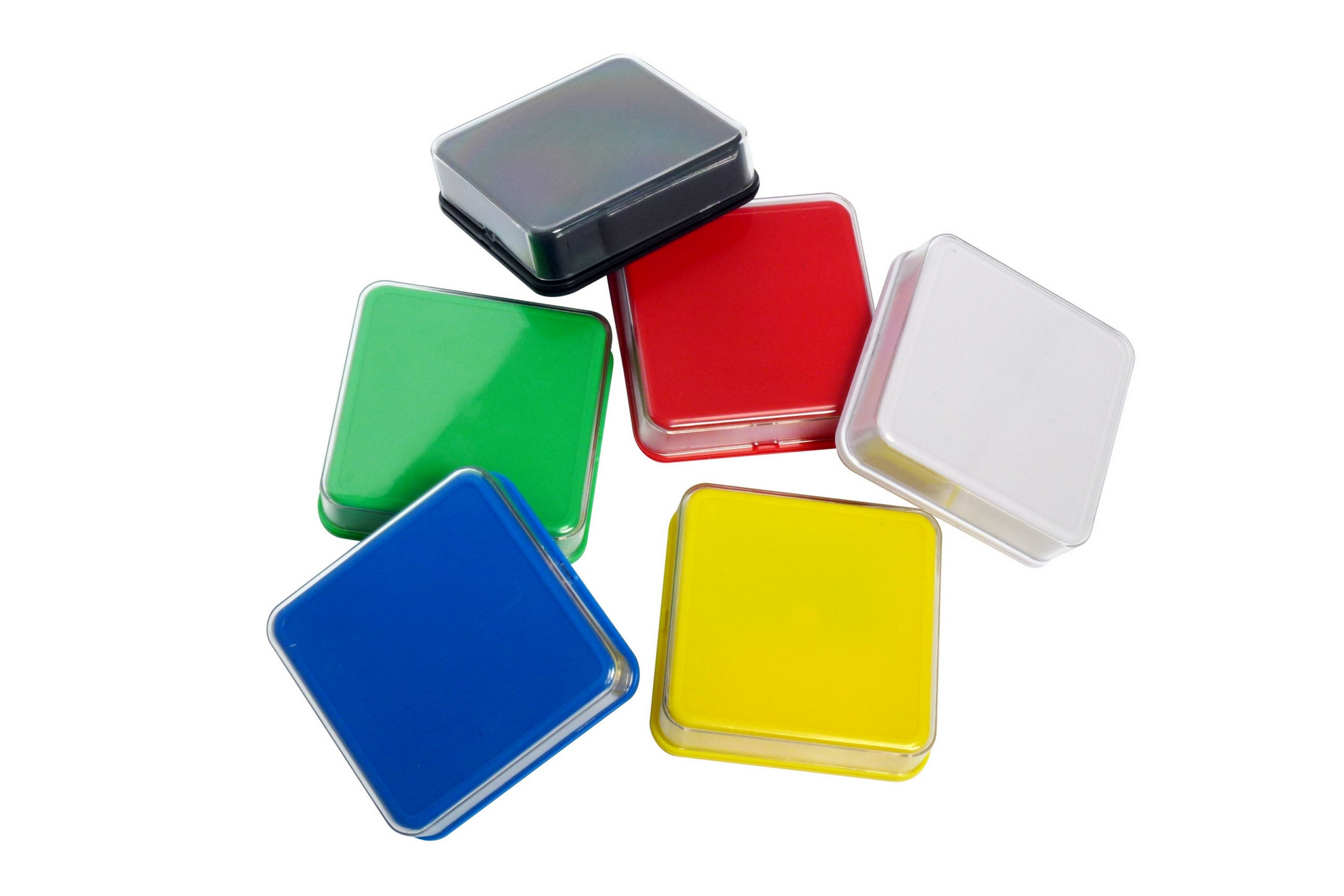BLOG


Multisensory Parenting approach for kids with learning disabilities
Children with learning disabilities can benefit greatly from multisensory parenting approach. It involves a combination of listening, speaking, reading, and a tactile activity. Multi-sensory activities provide the needed scaffolding to early and struggling readers. It encourages, motivates and keeps the children engaged in learning.
Examples of multi-sensory learning activities include:
- Sand writing
- Air Writing
- Sandpaper Letters
- Dictate Words using say, touch and spell
- Organize spelling around the vowel letter
- Sounding out words
As a parent, you can help your child in many ways by using certain multisensory techniques. It involves certain changes at home, and may provide you with the desired results. Here are some tips for multi-sensory approaches that you can try:
- Create a structured environment for work. As much as possible, try to avoid outside distractions wherever possible. Keep the kids away from computer, audio players, TV, video games etc., and provide them with a clean, organized desk to help them focus on their task.
- Reinforce whatever has been said, by writing short notes. You can do so by pasting small notes at places where your child often visits in your house. It could be on refrigerator, chalk board, bulletin boards, or even on a bedroom mirror.
- Teach organization to your kids. This is a skill that does not come naturally and has to be learned. Show them how to organize their school work – teach them about labels, creating ‘to do’ lists, and color coding their folders for better organization.
- Try as many hands-on teaching techniques as possible. Math manipulations and base-ten blocks help make math concepts more concrete.
- Look directly at your child while speaking and encourage them to look at you.
- Read to your child and ask comprehension questions. Encourage your child to read aloud to you and ask you questions on comprehension.
- Give your child regular chores and ensure that they follow through to accomplish them.
- If your child forgets something, give them clues to allow an opportunity to remember, instead of directly giving them the answer.
- Encourage reading and spelling games.
- Keep everything structured at home. Try to create a daily routine, post it where it is visible to everyone, and follow it as much as possible.
By making these small changes, parents can be better involved in teaching their kids using multi-sensory techniques.

